The desire to start seeds for the spring garden grows strong in January – a least it does for me. Seed catalogs are arriving daily and social media is full of images of gardeners in “warmer climes” happily starting seeds for the season. It’s torturous to watch and sit by idle!
I’m ready to start planting, too. The seed starting medium is warm, the plug trays are clean, the lights and heat mats are waiting, and the seed is calling… “Plant me! Plant me!”
Timing is everything when it comes to seed starting and unfortunately, it’s still too early to begin planting seeds indoors for most garden vegetables, especially warm-season types, like tomatoes, peppers, and eggplant.
But if you really must get your hands into some soil in January, there are a few things you can do that will help to quell the insatiable desire to get growing!
Conduct a Germination Test
A germination test can help to satisfy the urge to start seed, but more importantly, it can confirm that the seed you are planning to sow is actually viable. There’s nothing more disappointing than sowing seed in the spring (or any time) and not have it germinate.
When stored properly, most varieties of vegetable seed are viable for 2 to 6 years or more. Instead of throwing out seed of questionable quality, I recommend doing a quick germination test to save time and money.
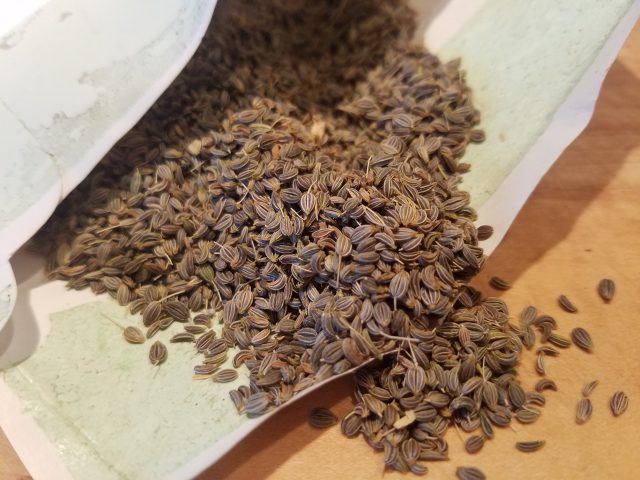
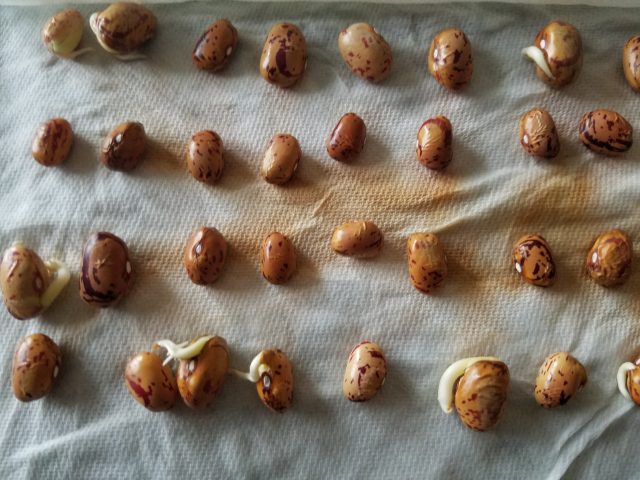
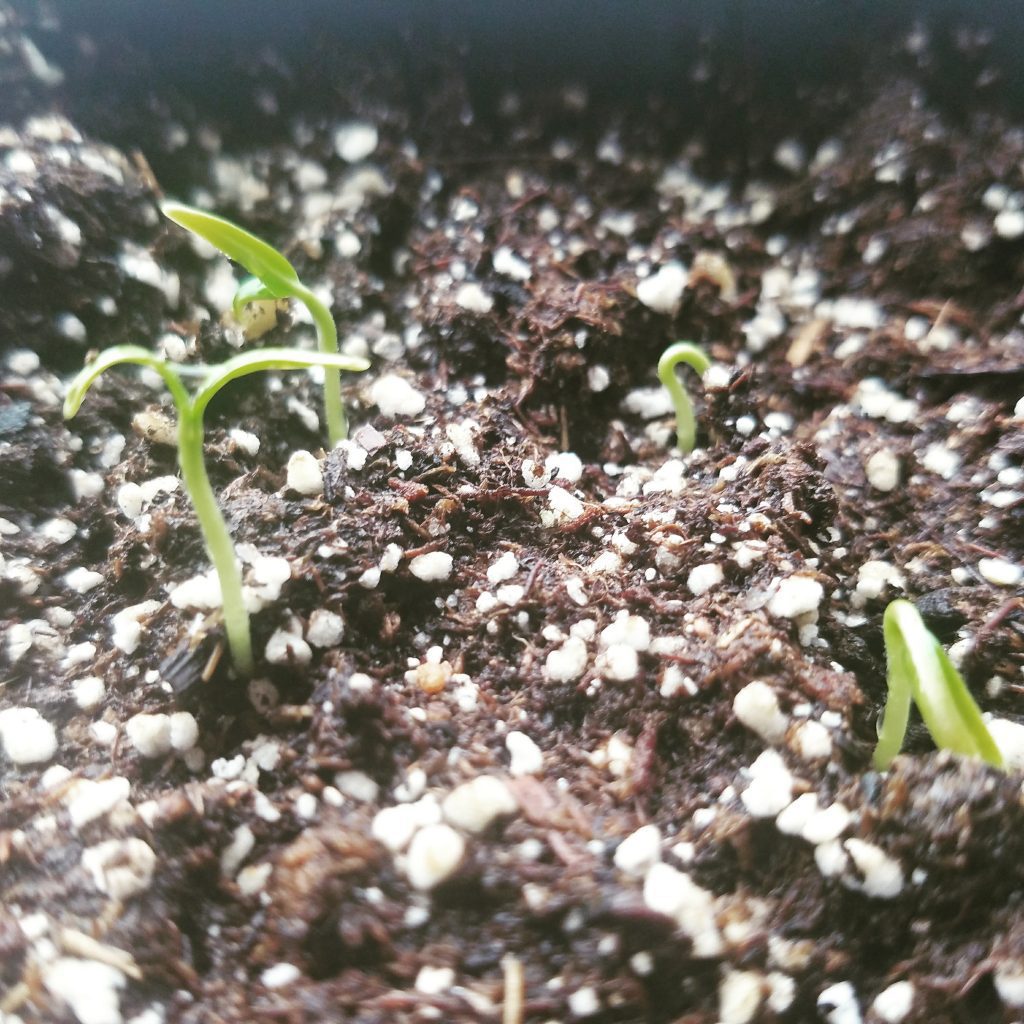
As you inventory your seed supply for the coming season, set aside any packets that are three or more years old (look for the “packed for” date), or any questionable seed, such as those you may have acquired at a seed swap or perhaps seed you’ve saved yourself.
Seeds for the germination test can be sown on a damp paper towel placed inside a zip bag or started in seeding medium. The paper towel method saves on growing medium and works well for larger seed or seed that you are not planning to grow out.
With either method, count out 10 to 20 seeds – making a note of how many seeds were planted – and then count how many seeds germinated. A good germination rate for older seed is about 70%. If the rate is less than 70%, the seed can still be used, but you may need to sow more than normal to produce seedlings.
You can “grow out” the tested seedlings, however, I don’t recommend this unless it is the appropriate time to sow the seeds being tested. The idea is to make sure that the seed is good to grow and then plant it out at the appropriate time. Check out this blog post for a chart on seed viability and how to conduct a germination test.
Herbs for the Win!
Another great option is to start an indoor herb garden. For nearly instant gratification, plant a few small pots of basil seed. When germinated on a heat mat, basil can pop up within two days of sowing or about 5 days without a heat mat. How great is that?

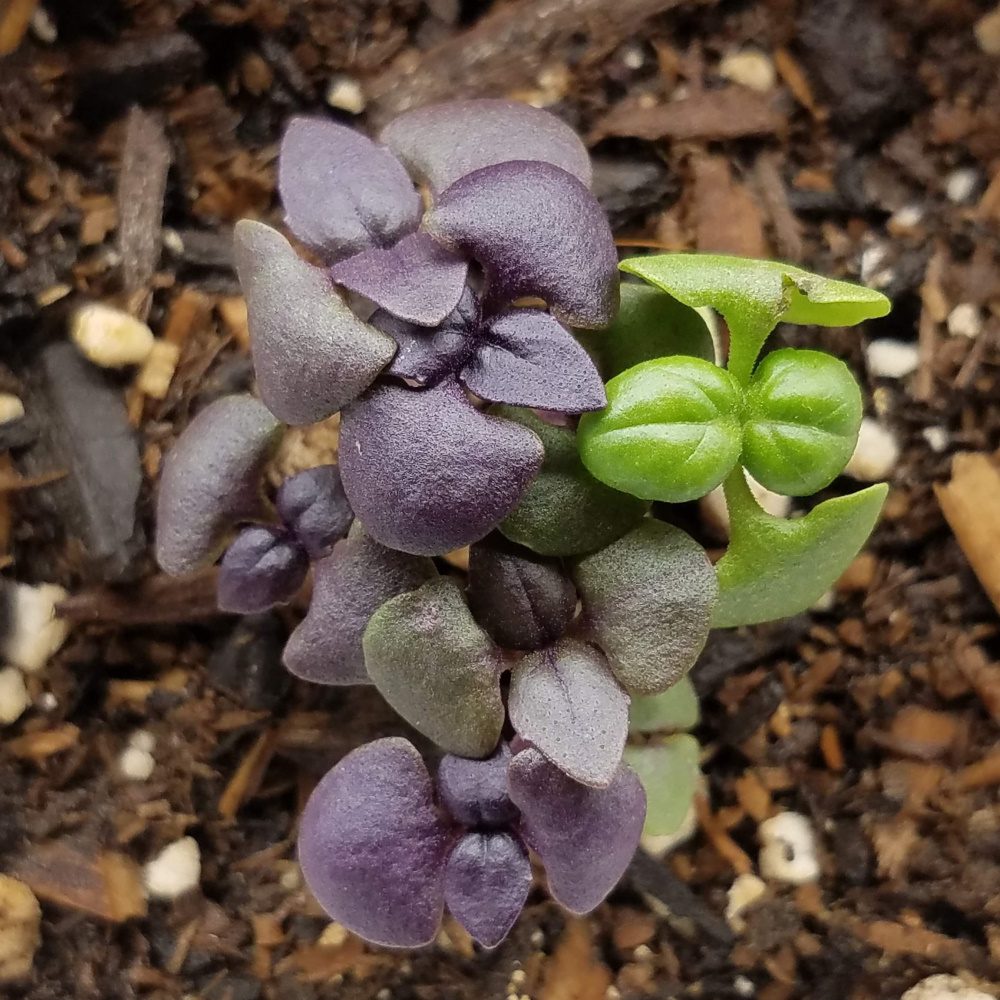

Basil grows well indoors and it brings the scent of summer to your kitchen. The more you harvest leaves from the plant the better basil grows – giving you the makings for delicious pesto in March!
Because basil is so easy to grow, I suggest trying several varieties, like cinnamon, lime, or lemon basil – or any of the spicy varieties of Thai basil. ‘Siam Queen’ is my favorite Thai variety, producing spicy-fragrant leaves. If allowed to flower, ‘Siam Queen’ produces gorgeous purple blooms suitable for arrangements.
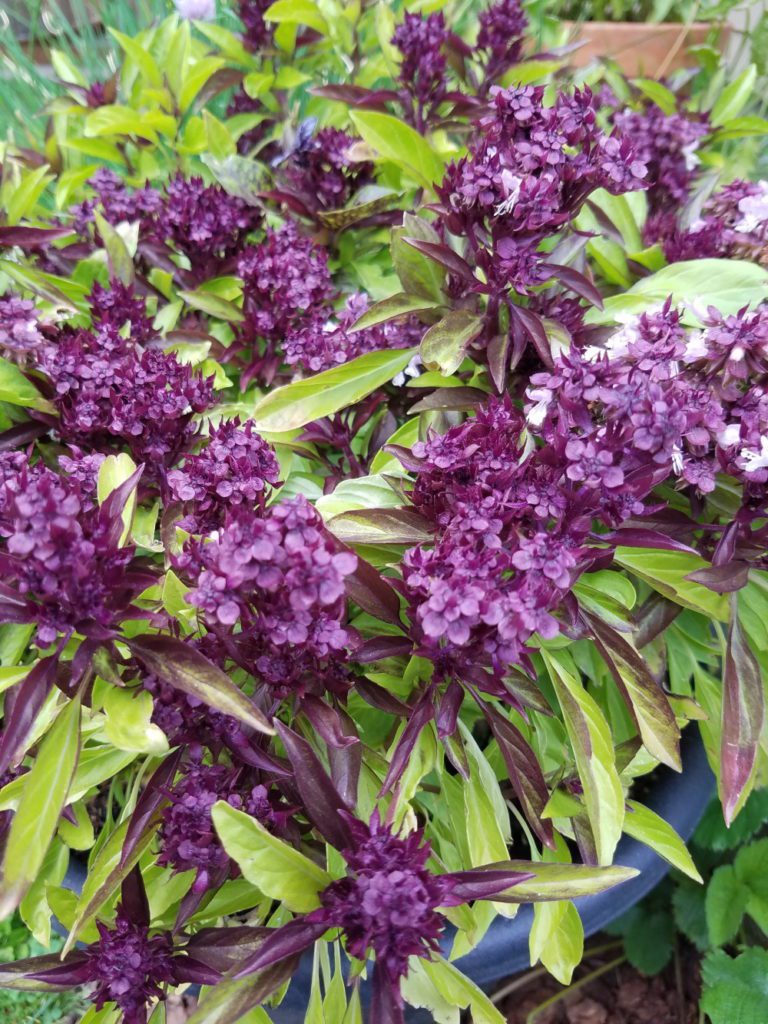
A few other herbs that are perfect to start now include thyme, chives, parsley, and if you have the patience, rosemary and sage (these are often best grown from cuttings – read more about growing from cuttings here).
Most of the herbs listed can take anywhere from 7 to 21 days to germinate, and because they are also slow to mature, they’re a good choice for January seed starting.

I usually start thyme and chive seed in mid-January to ensure the plants are a marketable size by the time they are sold in May. These hardy perennial herbs can be grown in an indoor herb container throughout the winter and then transplanted into the garden in the spring.
Early Cool-Season Crops
Cool-season crops, as their name implies, grow best when temperatures are cool – as conditions are in the spring and fall. Some varieties are even frost-tolerant and become more flavorful after a touch of frost.
Hardy greens, early brassicas, and onions are all cool-season crops that can be started from seed in mid- to late-January. Onions and leek seed are usually started 10 to 12 weeks before the last average day of frost. Due to their cold-hardiness, they can be transplanted into the garden in early spring, as soon as the ground can be worked.
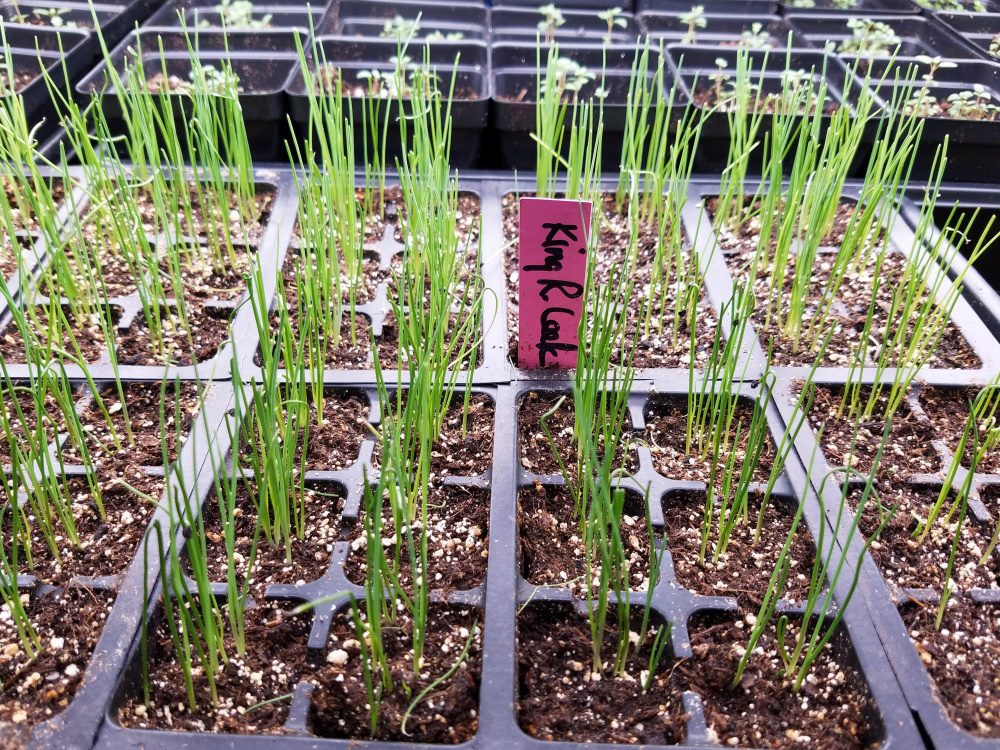
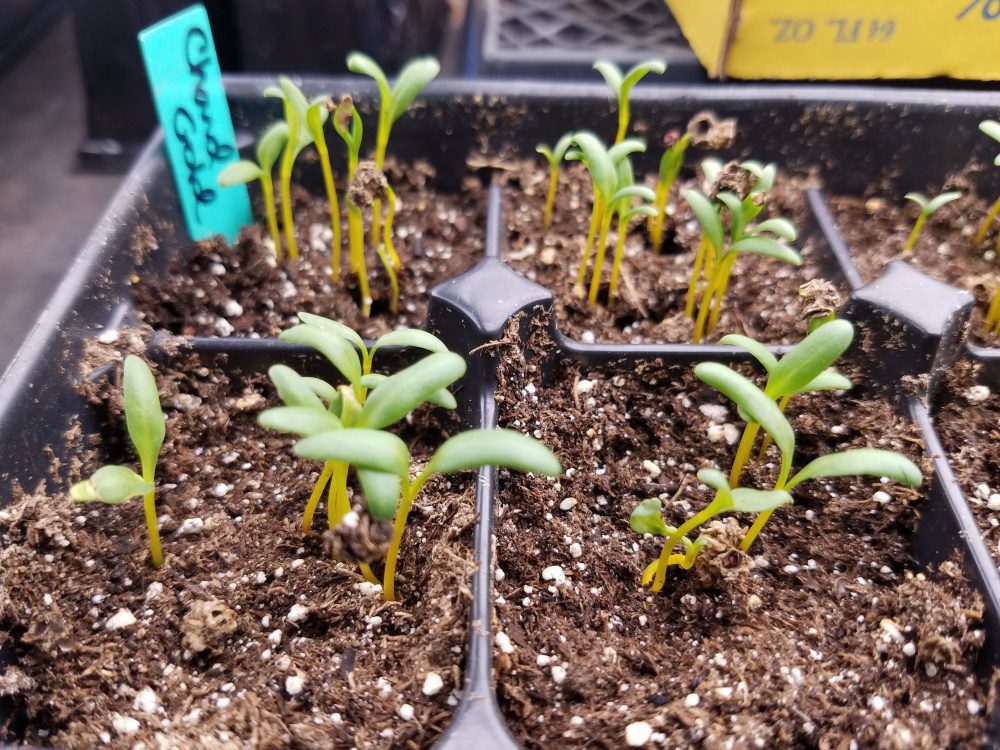
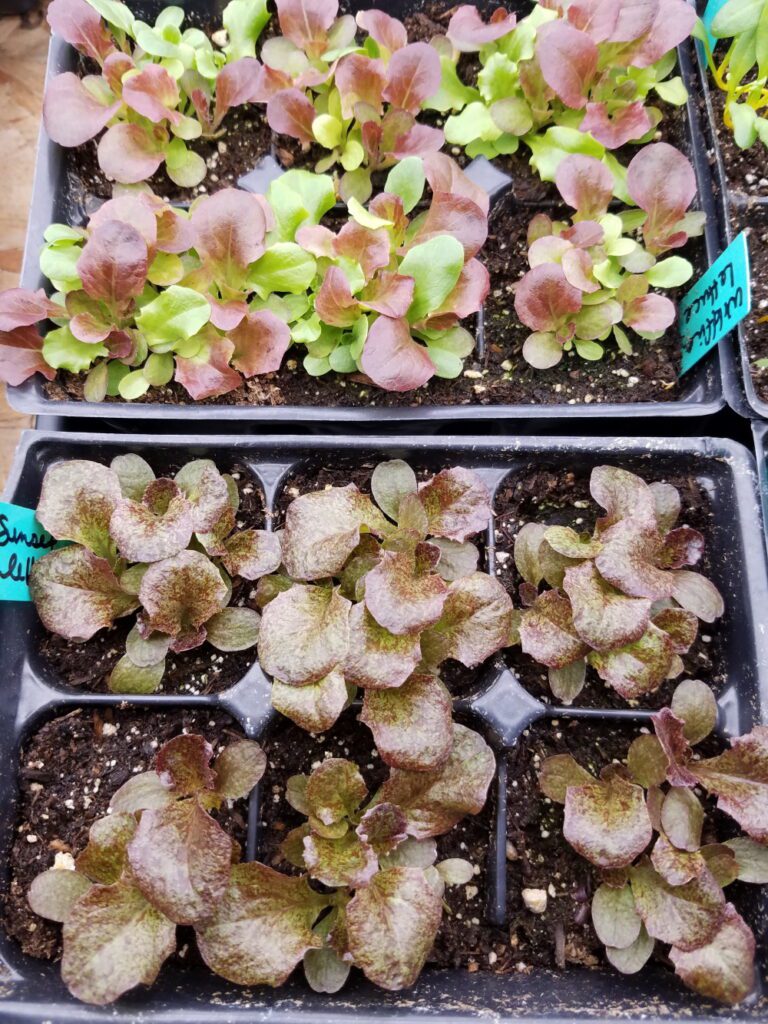
Brassicas, like an early-season broccoli or cauliflower, along with various types of kale, chard, and spinach can be seeded indoors in late January and transplanted into the garden several weeks before the last average frost date. For northern Idaho, the last frost date is around mid-May.
I like to extend my growing seasons by using a low tunnel – a plastic covered hoop structure placed over raised beds. These allow me to set cool-season transplants out earlier in the spring and to continue growing well into the fall.
Tunnels can be put into place over the beds in late winter and will slowly melt any snow that remains on top (watering the beds in the process). As the days grow longer and sunnier, the plastic coverings help to warm the soil faster, creating a mini-greenhouse.
If you are growing in a tunnel (or greenhouse), you can start many cool-season crops indoors at the end of January and have good-sized transplants ready to set out in the tunnel as much as 8 weeks before the last frost (that would be mid-March for northern Idaho).

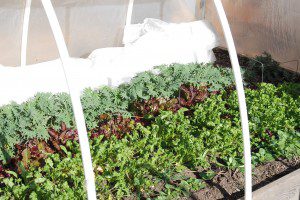

Of course, the weather can be unpredictable at that time, so I recommend using a floating row cover on top of the young transplants for further frost protection. And, there is always risk that some of the transplants may not make it, so it’s a good idea to start additional seeds as a backup – giving you another opportunity to start more seed in February!
Hold Off on Warm-Season Seed Starting
While we can have fun (and success) with starting cool-season vegetables and herb seed in January, it is definitely not the time to start warm-season crops, like tomatoes, peppers, and eggplant. These vegetables should be started 6 to 8 weeks before your area’s last average frost date – and no sooner – no matter what you see on social media. This is an “urge” you must resist!
Starting warm-season crops too soon results in plants that are ready to be planted outdoors when conditions are not ideal. Warm-season crops need outdoor soil temperatures and air temperatures to be consistently in the 50-degree F range to thrive.
Plants started too soon and kept indoors will become weak, leggy, and root-bound and will need to be transplanted into larger containers, perhaps several times, before finally being planted in the ground.
Research has shown that younger plants (those started at the appropriate time) adapt better to transplanting and will quickly catch up in size to older, larger and leggier plants.
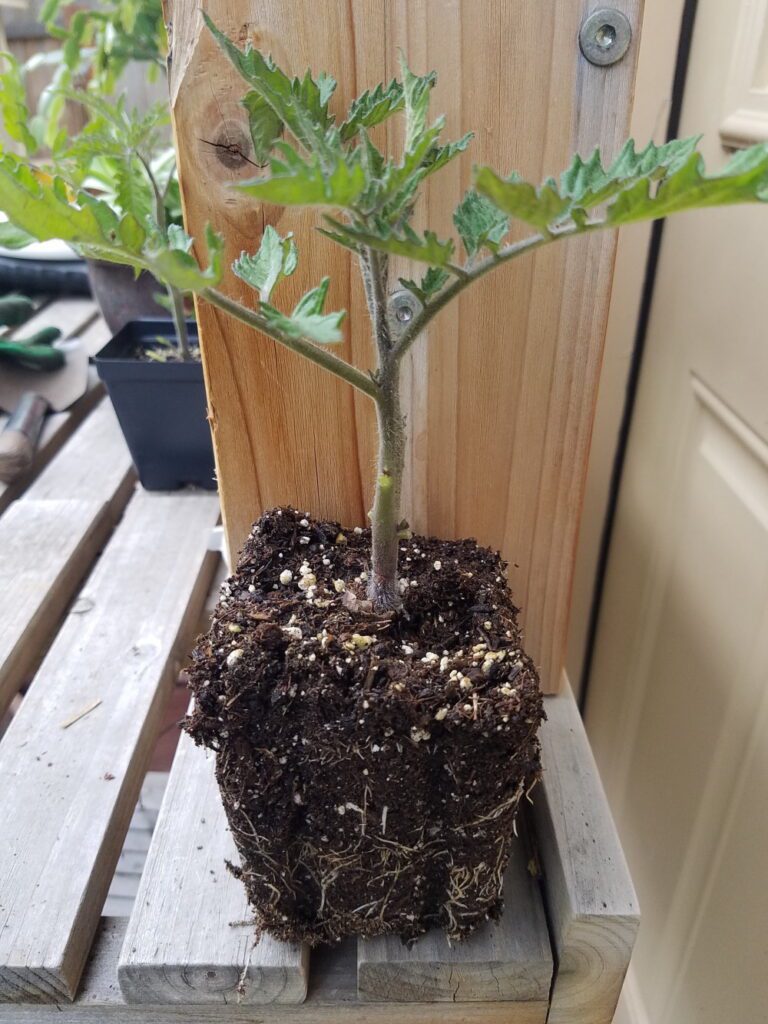
For home gardeners in the northern Idaho region, I recommend starting seeds for peppers at the beginning of March; eggplant in mid- to late-March; tomatoes late-March and early April. * This will ensure that your plants are an appropriate size and will be ready to be hardened off and planted when weather conditions are best in late May.
Go Ahead, Plant!
If the seed-starting bug has bitten you in January, get your supplies organized and ready to go. Sometimes, just getting things ready can tamp down the urge to plant (or make it worse!). If you must plant, conduct a few germination tests on suspect seed or pick a few herbs or early-maturing cool-season veggies to sow indoors.
Go ahead and satisfy that urge to plant and then hold off planting anything else for a few more weeks until the time is right for the varieties you want to grow. You’ll have happier and healthier transplants and vibrant garden come spring!
NOTE: If you are new to starting seeds indoors or need a refresher, you’ll find a collection of articles to help you get started in the Garden Seed Series under the blog tab>Gardening on this website, specifically Growing Vegetables from Seed Part 1 and Part 2, as well as seed starting charts located under the Garden Glossary tab.
* Do as I say – not as I do… You may see me on social media starting seeds for warm-season crops earlier than what is stated above. Keep in mind that I grow for retail sales and my timeline is slightly different than that of a home gardener.


Leave a Reply